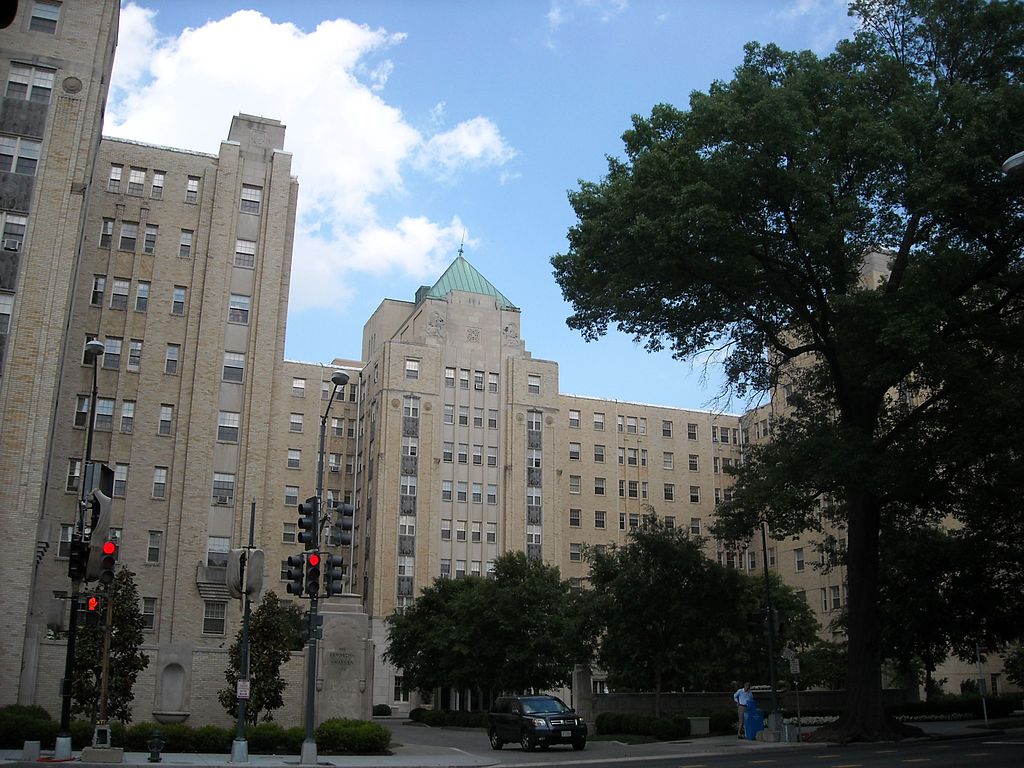The least energy efficient multifamily property may be spending $165,000 more in annual energy costs than a similar property operating the most efficiently, according to a new white paper released by Fannie Mae.
"Transforming Multifamily Housing: Fannie Mae's Green Initiative and Energy Star for Multifamily" provides insight into Fannie Mae’s Green Initiative, its partnership with the U.S. Environmental Protection Agency (EPA), and its effort to compile comprehensive multifamily energy and water data providing the basis for the EPA's Energy Star Score for multifamily structures.
Fannie Mae will continue to lead efforts to support green activities and provide greater transparency for investors by disclosing Multifamily Energy Metrics on Fannie Mae MBS. In June 2014, Fannie Mae collected the Source Energy Use Intensity (EUI), an energy performance metric, for properties securing multifamily loans in cities with Energy Star reporting requirements.
Beginning in 2015, Fannie Mae will collect the Source EUI and the Energy Star score for the associated properties and will disclose the EUI metrics. Investors will be able to view the metrics for properties located in Boston; Cambridge, Massachusetts; Chicago; New York; Seattle; and Washington, DC. This information will give investors greater insight into the energy consumption of multifamily properties and the financial performance of the associated loans.
(http://www.fanniemae.com/portal/about-us/media/commentary/091114-pagitsas.html)
Related Stories
Codes and Standards | Mar 13, 2019
Climate change can’t be stabilized without addressing urban sprawl
Even if power goes green, transportation will still be a major emissions source.
Codes and Standards | Mar 12, 2019
Virginia county hones new rainwater harvesting standard
Developer prompts new rules to use rainwater for heating and air conditioning.
Codes and Standards | Mar 8, 2019
Portland delays requirement for posted warnings on unreinforced brick and stone buildings
Regulation would mandate signs warning that buildings could be unsafe during earthquakes.
Codes and Standards | Mar 7, 2019
California will allow flame retardant-free building insulation
State also repeals business furniture flammability standard.
Codes and Standards | Mar 6, 2019
Sixty six construction companies cited for wage theft violations in Massachusetts
Penalties total $2.7 million.
Codes and Standards | Mar 5, 2019
Persistent flooding having economic impact on coastal cities
Atlantic City, Annapolis among communities affected.
Codes and Standards | Mar 1, 2019
$1 billion Boston hospital project to include extensive disaster resiliency features
Mass. General expansion will be designed for four days of shelter in place.
Codes and Standards | Mar 1, 2019
U.S. cities have become more dangerous for bicyclists and pedestrians
Reduced speed limits, traffic calming, better education seen as keys to improvement.
Codes and Standards | Feb 28, 2019
High-income renters now the fastest-growing housing market segment
Growth is fastest in mid-sized cities with strong economies.
Codes and Standards | Feb 27, 2019
Katerra launches software platform for ‘entire lifecycle of the building process’
Firm is accepting industry applicants to test the product.

















